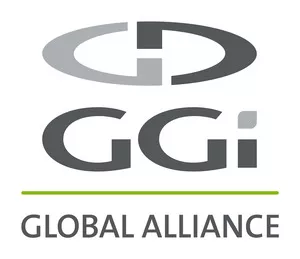- within Litigation, Mediation & Arbitration, Technology and Insolvency/Bankruptcy/Re-Structuring topic(s)
Depreciation, reflecting the systematic allocation of the cost of fixed and intangible assets over their useful lives, is one of the fundamental mechanisms of accounting. According to Article 32 of the Polish Accounting Act, an entity determines the economic useful life of an asset, the method and the rate of depreciation based on the actual pattern of its use.
The technical nature of these decisions often conceals their strategic importance. Depreciation can become one of the most sensitive instruments for earnings management.
From an accounting perspective, depreciation is a non-cash expense. While it does not directly affect cash flows, it significantly shapes operating profit – earnings before interest and taxes (EBIT) and net profit, which are key indicators used to assess management performance. This characteristic allows an entity, through seemingly legitimate changes in accounting policy, to influence its financial results while formally remaining within the boundaries of accounting law.
Common practices observed in this area include extending the economic useful life of assets, changing the depreciation method from accelerated to straight-line, increasing the residual value of fixed assets, capitalising low-value modernisation costs instead of recognising them as current expenses, and postponing impairment losses. Each of these methods affects the timing and amount of expenses recognised in the income statement, and consequently the reported level of profit.
Accounting law permits various depreciation methods – straight-line, declining-balance, natural, progressive or input-based – each justified by economic rationale. The problem arises, however, when changes in depreciation parameters are driven not by objective technical or economic factors but by a desire to “smooth” results. Warning signals include the sudden extension of depreciation periods just before the publication of financial statements, a decline in depreciation costs accompanied by an increase in fixed-asset values, a lack of disclosures regarding policy changes, and significant discrepancies between accounting and tax depreciation.
In capital-intensive industries such as cosmetics, pharmaceuticals, or technology, depreciation often accounts for 15–25% of operating costs. Even small adjustments to depreciation estimates can materially change the perceived financial position of a company and affect investment decisions.
Although depreciation is a necessary and legitimate accounting mechanism, it may also serve as a subtle means of manipulating reported earnings. The dividing line between sound accounting policy and manipulation is crossed when objective economic justification gives way to the intent of achieving a desired reporting outcome. Ensuring transparency, consistency, and proper documentation of depreciation assumptions is essential to maintain the credibility of financial reporting and protect the integrity of management decisions.
The content of this article is intended to provide a general guide to the subject matter. Specialist advice should be sought about your specific circumstances.


